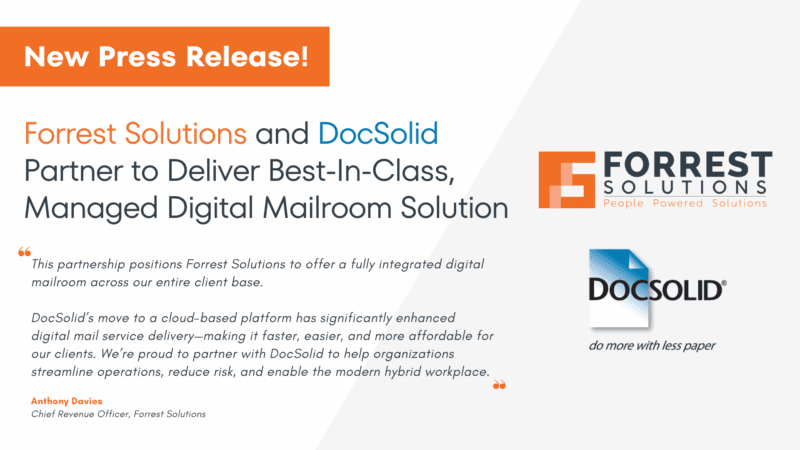
For office leaders in companies across the country, the landscape of workforce management has undergone significant transformations over recent years. The pandemic ignited a frenetic pace of hiring as organizations scrambled to adapt to a rapidly changing environment. Now, as the market stabilizes, many corporate leaders are confronting the repercussions of over-expansion. The challenge is not merely about adjusting headcount but achieving a delicate balance that maintains service excellence while navigating through uncertain economic conditions.
Understanding the Market Challenges
In the wake of the pandemic, economic conditions have shifted, impacting how companies manage their workforce. Over the last several years, many organizations experienced an unprecedented surge in demand and responded with aggressive hiring strategies. This period of rapid expansion, however, has led to a situation where companies are now faced with a surplus of employees amid a cooling economy. As demand for certain services has diminished, corporations are forced to scale back their workforce, which has been evident in the recent wave of layoffs among major organizations including Tesla (10% of global workforce), Nike (2% of workforce), Microsoft (8% of gaming division), and Apple (600 employees).
Looking ahead, another looming challenge is the substantial wave of retirements expected in the coming years. With projections indicating that up to 38% of the current workforce in many sectors plans to retire, organizations face an imminent shortage of experienced talent. This demographic shift is set to create a new set of workforce management challenges, as companies will need to address gaps left by retiring employees and ensure continuity in operations.
In addition to these issues, there is the pressing concern of skills and expertise gaps within support staff. As companies streamline their operations, there has been a noticeable shift towards increasing compensation for specialized roles while reducing non-core support functions. This trend, which emerged as companies adapted to remote work and reduced in-house staff, has now created a situation where businesses need to address these gaps as they transition back to more traditional office settings. Ensuring that support staff are adequately trained and equipped to handle evolving business needs is essential for maintaining operational efficiency.
Strategies for Navigating Workforce Adjustments
To effectively manage these challenges, companies must adopt a multifaceted approach. One of the most effective strategies is the implementation of flexible support models. Unlike traditional outsourcing arrangements characterized by long-term contracts, modern flexible outsourcing offers organizations the benefits of expertise and cost reduction without the constraints of lengthy commitments. This adaptable approach empowers organizations to scale their support services up or down as needed, without the burdensome recruitment and training processes typically associated with staffing adjustments. Such flexibility is invaluable in maintaining seamless service delivery amidst the fluctuations of a competitive market.
Strategic partnerships with external service providers can play a pivotal role in addressing workforce issues. By collaborating with specialized partners, companies can offload the burdens of recruitment and training. These partners bring in expertise and resources that can help bridge the gap left by internal adjustments. This not only mitigates the risk associated with workforce changes but also ensures that organizations have access to the necessary skill sets to meet their operational needs.
Conclusion
In conclusion, navigating the complexities of workforce management in today’s environment requires a nuanced approach. Office leaders must embrace flexibility and strategic foresight to manage the interplay between service levels and headcount adjustments. By leveraging modern flexible staffing solutions, forging strategic outsourcing partnerships, and investing in thorough workforce planning, organizations can achieve a delicate balance that supports both operational excellence and dynamic market conditions. This approach will not only enhance competitiveness but also ensure that companies remain resilient and capable of adapting to future challenges.





